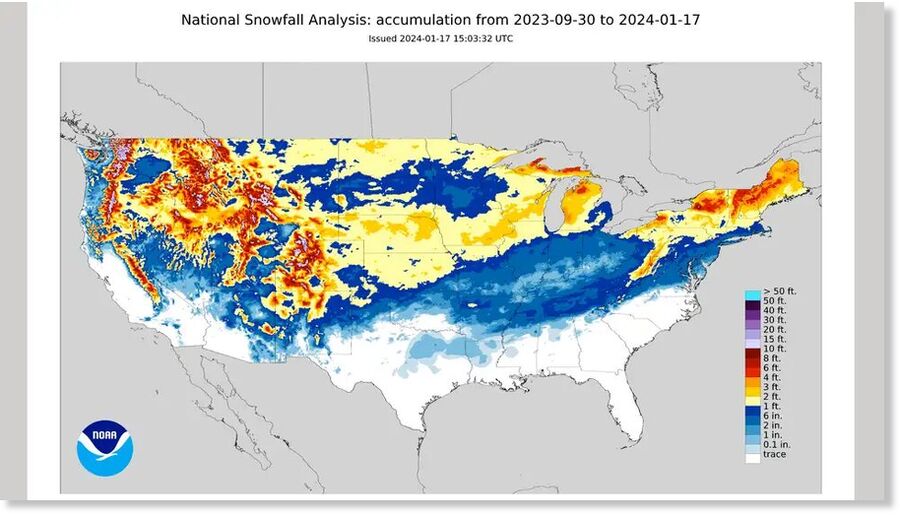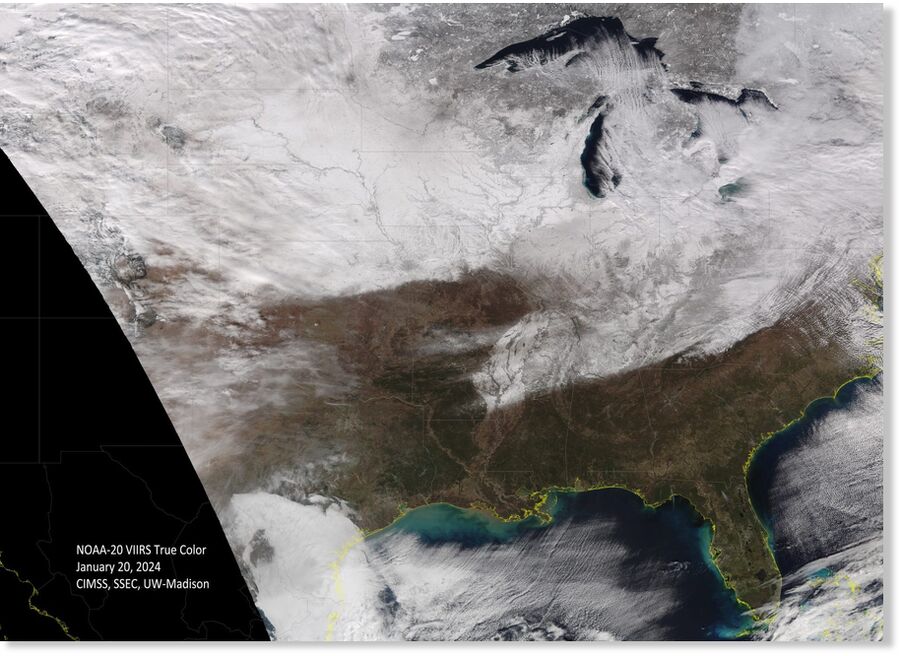OF THE
TIMES
Reminds me of that scene at 58:00 minutes into the [Link] movie Animal House where a serious internal conversation takes place.
The SOTT comment is the truth. The idea that the WHO has backtracked is a falsehood being planted in mainstream and alternative media. It needs to...
Henry Camus wrote many books and short story’s on Algiers, la Peste, The Plague one of the best. Fave reading in high school days, we had...
Dark ages was the zenith Of Irish cultural achievements, the most beautiful books ever created were made in 500 to 750 ad, Book of Kells just one...
Orwellian - this time 'Big Auto' spying on you. I wonder what data is sent back, and to whom? And how is it interpreted to use against you?
To submit an article for publication, see our Submission Guidelines
Reader comments do not necessarily reflect the views of the volunteers, editors, and directors of SOTT.net or the Quantum Future Group.
Some icons on this site were created by: Afterglow, Aha-Soft, AntialiasFactory, artdesigner.lv, Artura, DailyOverview, Everaldo, GraphicsFuel, IconFactory, Iconka, IconShock, Icons-Land, i-love-icons, KDE-look.org, Klukeart, mugenb16, Map Icons Collection, PetshopBoxStudio, VisualPharm, wbeiruti, WebIconset
Powered by PikaJS 🐁 and In·Site
Original content © 2002-2024 by Sott.net/Signs of the Times. See: FAIR USE NOTICE


Reader Comments
Cult would not see this as a threat to their beliefs even if it were happening in June. [Link]
Must be because of systemic racism.
"What's all that white stuff?" - Bambi
[Link]
Set your own hours, work all around the province and who needs volunteers when they are paying you?